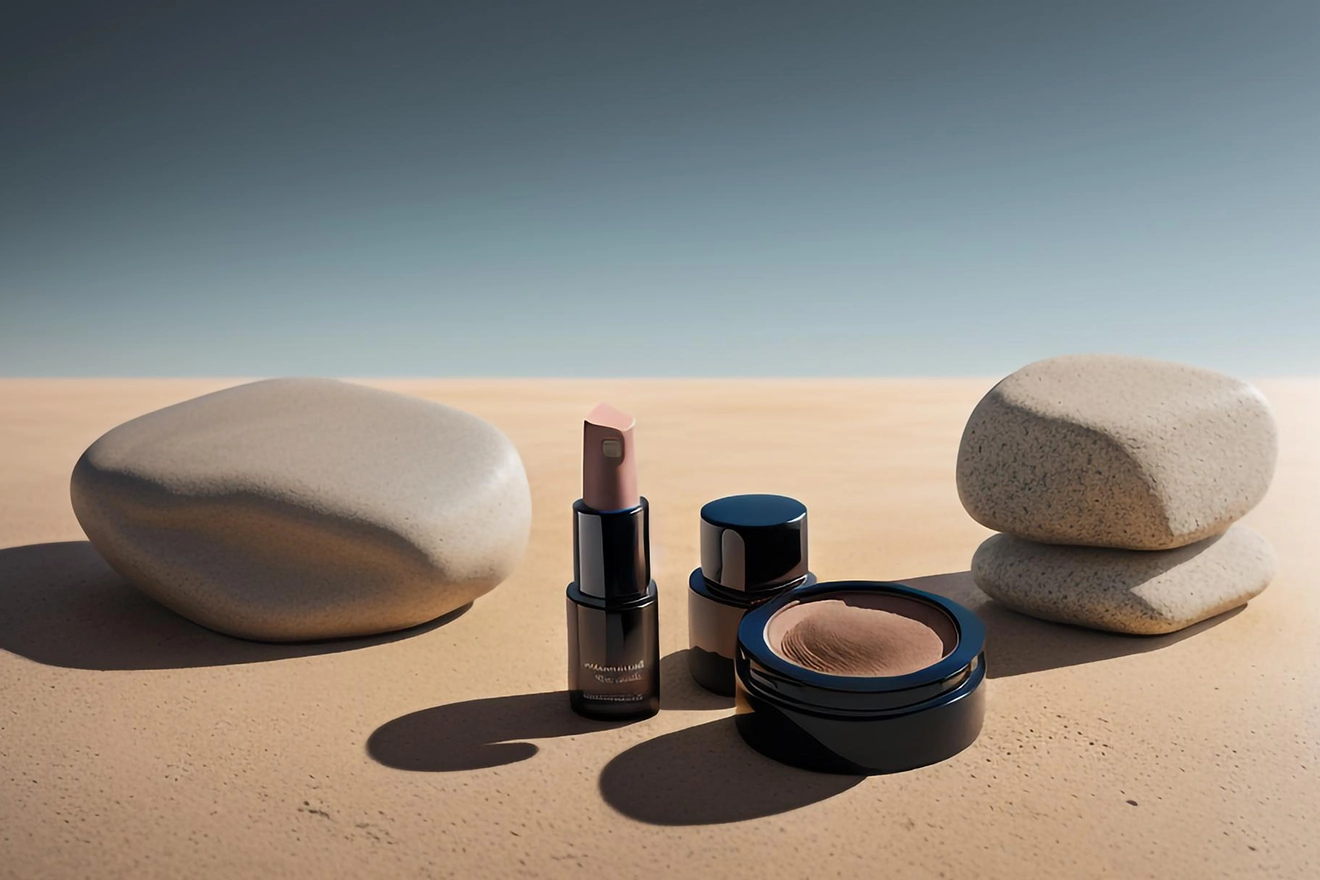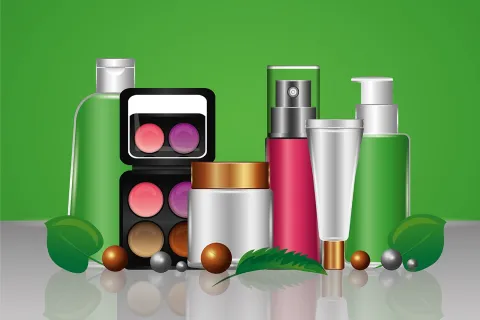
In the European Union (EU), cosmetic products play a significant role in the beauty and personal care industry. To ensure the safety and quality of these products, the EU has put in place stringent regulations, including specific guidelines for cosmetic packaging. Cosmetic manufacturers and suppliers looking to market their products in the EU must understand and comply with these requirements. In this blog, we shall explore the fundamental aspects of cosmetic packaging regulations in the EU.
Labeling Requirements
Cosmetic packaging in the EU should prominently display key information, including the product’s name, the list of ingredients, the net quantity, and the contact details of the Responsible Person (RP), among others. These labels should be in the official language of the member state where the product is sold.
Safety Assessments
Before placing a cosmetic product on the EU market, the RP needs to conduct a comprehensive safety assessment. This assessment covers not only the product’s formulation but also its packaging. In fact, the packaging materials should not interact with the product in a way that could compromise the latter’s safety.
Ingredient Restrictions
Certain ingredients are prohibited or restricted in cosmetics sold in the EU to protect consumers’ health. The packaging materials must not contain any prohibited substances; in addition, manufacturers must ensure that no harmful substances migrate from the packaging into the product.
Good Manufacturing Practices (GMP)
Cosmetic manufacturers are required to adhere to Good Manufacturing Practice (GMP) guidelines to ensure the quality and safety of both the product and its packaging. For instance, maintaining proper storage, handling, and hygiene standards is crucial to ensure compliance.
Environmental Concerns
The EU places added emphasis on reducing the environmental impact of cosmetic packaging. It has accordingly put regulations in place to encourage the use of recyclable and sustainable materials as well as to reduce excessive packaging.
Nanomaterials
If a cosmetic formulation contains nanomaterials, the ingredients should be clearly indicated in the “list of ingredients,” followed by the word “nano” in brackets.
Fragrance Allergens
For cosmetics containing fragrance ingredients, if the allergens exceed certain concentration thresholds, they must be declared on the packaging.
Notification to the CPNP
Before placing a cosmetic product on the EU market, the RP needs to submit comprehensive information on the product to the Cosmetic Products Notification Portal (CPNP), which is an online centralized notification system that is used to submit technical information related to cosmetic products to be marketed in the EU. The submission to the CPNP includes the product label along with a picture of the product in its final packaging.
To conclude, compliance is not only a legal requirement for selling cosmetic products in the EU market but also a commitment to safeguard consumer safety, uphold environmental responsibility, and prevent legal repercussions. It plays a vital role in fostering trust between manufacturers and consumers in the ever-evolving cosmetic industry. Therefore, cosmetic manufacturers seeking to enter and thrive in the EU market must understand and adhere to cosmetic packaging regulations.
By collaborating with a Regulatory partner like Freyr, which specializes in the EU’s cosmetic industry, you can navigate the cosmetic packaging regulations in this market and surpass the challenges. Consult our experts for comprehensive cosmetic Regulatory support in the EU!









